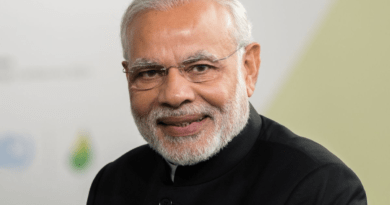India’s Diversity Recruitment Is Now High By 26% Each Year
According to a survey by Foundit (formerly Monster APAC and ME) Insights Tracker, workplaces in India are becoming more inclusive and have seen a 26% increase in diversity hiring over the previous year.
In Indian enterprises, there has been a greater emphasis on employing candidates from underrepresented groups, such as women, LGBTQIA+, and people with disabilities (PwD), with multinational corporations accounting for 62% of hirings and companies with Indian heritage onboarding the rest. According to the survey, the recruitment and staffing industry accounts for 19% of opportunities for marginalised groups, while the information technology industry makes up 40% of the opportunities that are currently available.
It is impressive to observe how India is expanding diversity recruitment, with a focus on enlisting different individuals from the LGBTQIA+ community, women, and people with disabilities. According to Sekhar Garisa, chief executive of Foundit, “This emphasis on diversity is creating a more representative workforce and developing professional cultures that inspire creativity and resilience.
The lack of available talent, according to Munira Loliwala, assistant vice president of strategy and growth at IT professional services platform TeamLease Digital, is a significant factor in the rise in the hiring of individuals from marginalised populations. India presently has a 21% talent gap, and by 2027, that gap is expected to have increased by 3.5 times.
“Promoting women in science, technology, engineering, and mathematics (STEM) is one of the methods businesses use to increase talent. Indian women are highly qualified; however, they do not participate in the workforce. Only 29% of people choose STEM careers, and only 20–40% of those people are able to stay in the field. The employed ratio is still only slightly over the dropout ratio, according to Loliwala.
In addition, she noted that only 11.33 percent of PwD in India—2.4% of the population—are employed in official occupations as of 2023, even though 1.3 crore of them are employable.
After experiencing high attrition rates since the COVID epidemic, firms might boost their staff by tapping into these skill pools.
Even then, businesses confront a variety of difficulties, such as sensitising the current workforce and establishing an inclusive atmosphere that calls for a number of infrastructure adjustments, from gender-neutral restrooms to PwD-friendly facilities.
According to the survey, businesses are increasingly providing diversity, inclusion, and sensitization training for their workers, suggesting a substantial shift in how they are attempting to build inclusive and secure professional settings for various communities.
However, recruiting for inclusion is a long-term investment, so the problem doesn’t end there, say experts.
The enforcement of anti-discrimination legislation and the promotion of gender equality through equal pay, equal opportunity, and flexible employment are two things that businesses need to consider. In order to improve skills and talents and guarantee that attrition rates are maintained to a minimum, they must also continually invest in training, mentorship, networking, and learning, Loliwala continued.




